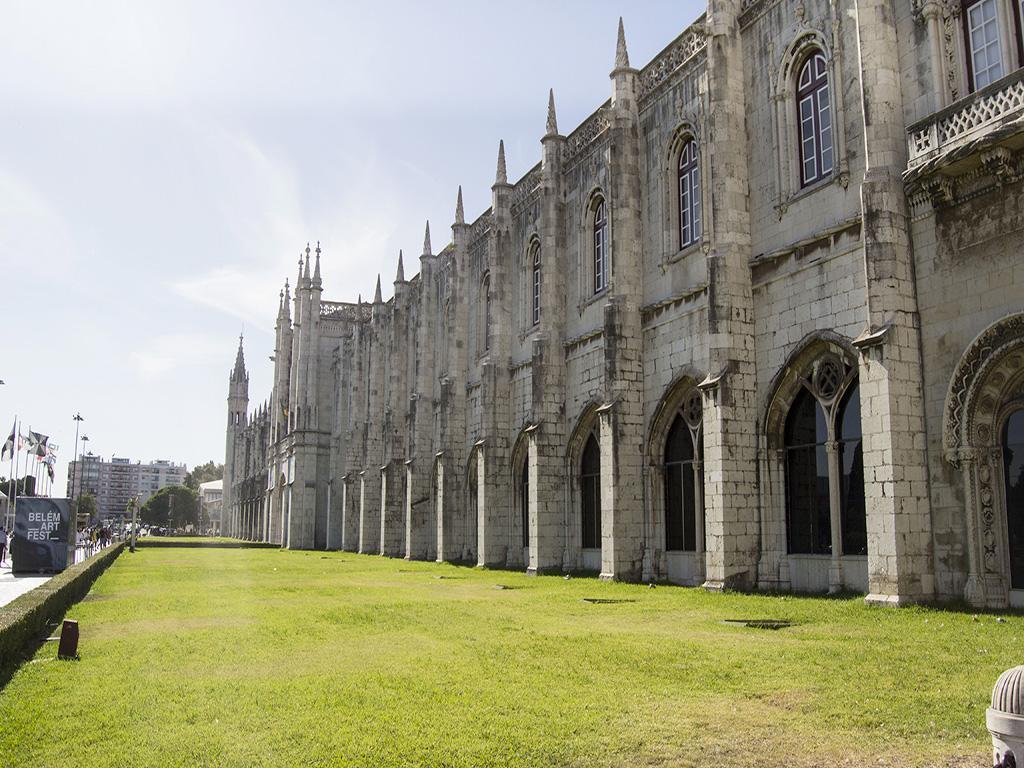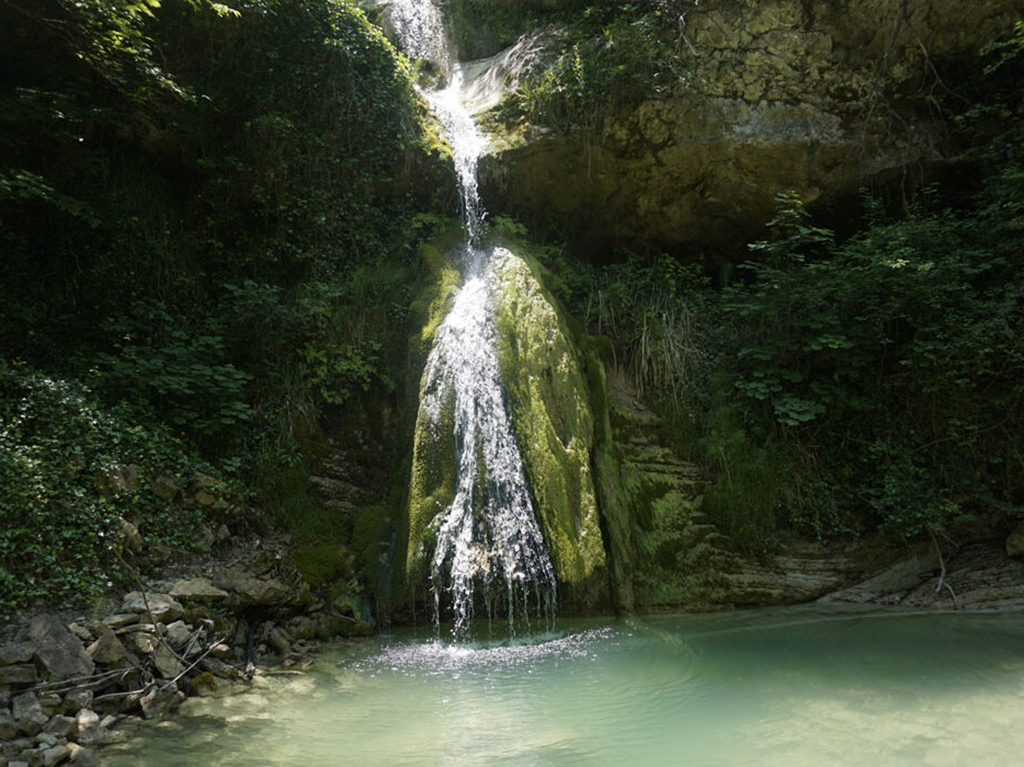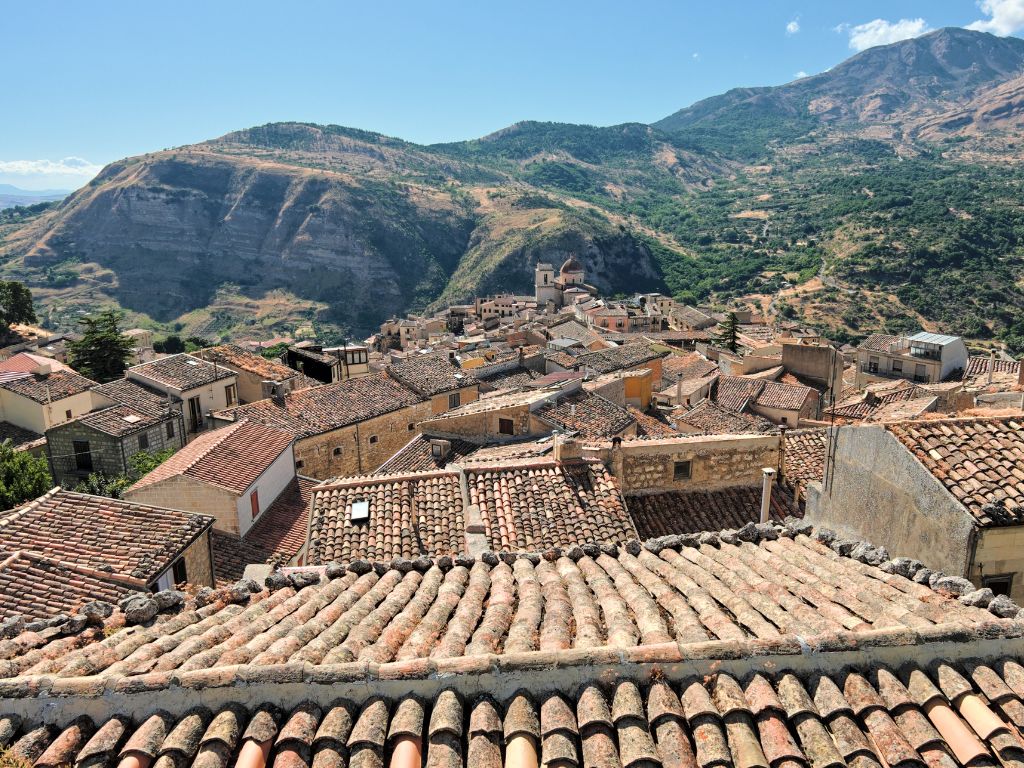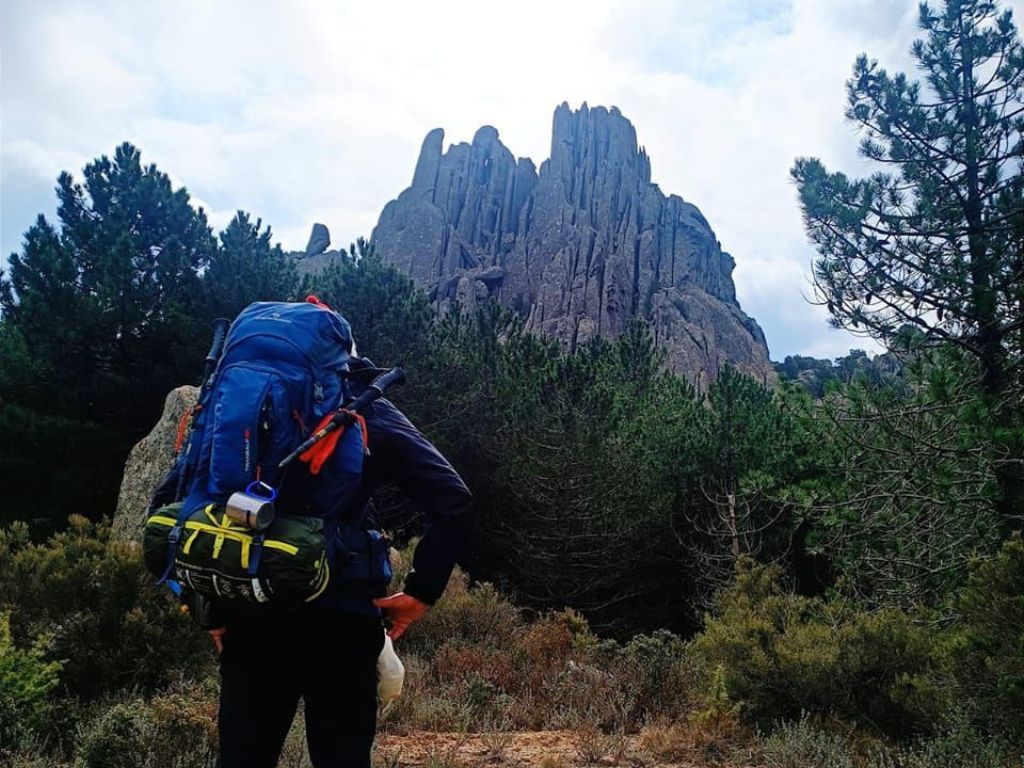The Basilica of Santa Maria Maggiore is one of the historical and artistic jewels of the city of Bergamo. This magnificent religious building, with its rich history and extraordinary architecture, attracts visitors from all around the world.
Santa Maria Maggiore Basilica in Bergamo: History, Architecture, and Art
History
The history of the Basilica of Santa Maria Maggiore has ancient roots dating back to the 12th century. Legend has it that in 1133, the Virgin Mary appeared in a dream to a man named Giovanni da Scanzo, asking him to build a church in her honor at the exact spot where he would find snow on an August day. Despite initial skepticism, the miracle occurred, and Giovanni, followed by the Bishop of Bergamo, began the construction of the church.
The basilica was built in the Romanesque style, characterized by rounded arches and massive stone walls, but underwent changes and expansions over the succeeding centuries. During the 13th century, under the rule of the Suardi family, the basilica was enlarged and enriched with new chapels.
During the Renaissance, the basilica underwent significant architectural transformations. In the 15th century, under the guidance of the architect Filarete, Gothic-style side chapels were added. In the 16th century, the Colleoni family, one of the most powerful in Bergamo, commissioned the construction of a magnificent Renaissance-style chapel. This chapel, known as the Colleoni Chapel, is considered one of the masterpieces of Renaissance architecture in northern Italy.
Throughout the centuries, the basilica underwent further interventions, such as the interior renovation in the 17th century in the Baroque style. In the 19th century, architect Giovanni Campione made additional changes to the building, restoring the façade and enhancing the overall structure.
Today, the Basilica of Santa Maria Maggiore is a major landmark in the city of Bergamo and a highly popular tourist destination. Its captivating architecture, blending Romanesque, Gothic, and Renaissance elements, draws visitors from all over the world. In addition to its architectural beauty, the basilica is also renowned for its artistic treasures, including frescoes, sculptures, and artworks adorning its chapels.
The Basilica of Santa Maria Maggiore represents a living connection to the history of Bergamo and continues to be a place of worship and cultural interest for residents and visitors. Its rich and complex history, its architecture, and its artistic treasures make this basilica an extraordinary testament to the artistic and religious heritage of the city of Bergamo.
Architecture
The basilica features captivating architecture that blends Romanesque and Gothic elements. The main façade is imposing, adorned with sculptures and reliefs depicting biblical stories. One of the highlights is the magnificent rose window, which bathes the interior in soft light. The interior has a basilica plan with three naves, supported by impressive columns, and the presbytery houses a magnificent carved wooden choir.
The Basilica of Santa Maria Maggiore houses countless valuable artistic treasures. Among the most notable is the Colleoni Chapel, a Renaissance masterpiece created by Giovanni Antonio Amadeo and Giovan Pietro Sanmicheli. The main altar is enriched with a polyptych by Lorenzo Lotto, one of the most important painters of Italian Cinquecento art. Additionally, visitors can admire splendid sculptures, frescoes, and colorful stained glass windows.
Conclusion
The Basilica of Santa Maria Maggiore in Bergamo is a must-visit for art and history enthusiasts. Its captivating architecture, with the fusion of Romanesque and Gothic styles, and its artistic treasures, including the Colleoni Chapel and the works of Lorenzo Lotto, make this basilica an essential stop for visitors to Bergamo. With its rich history and timeless beauty, the Basilica of Santa Maria Maggiore continues to captivate and inspire anyone who visits.


























